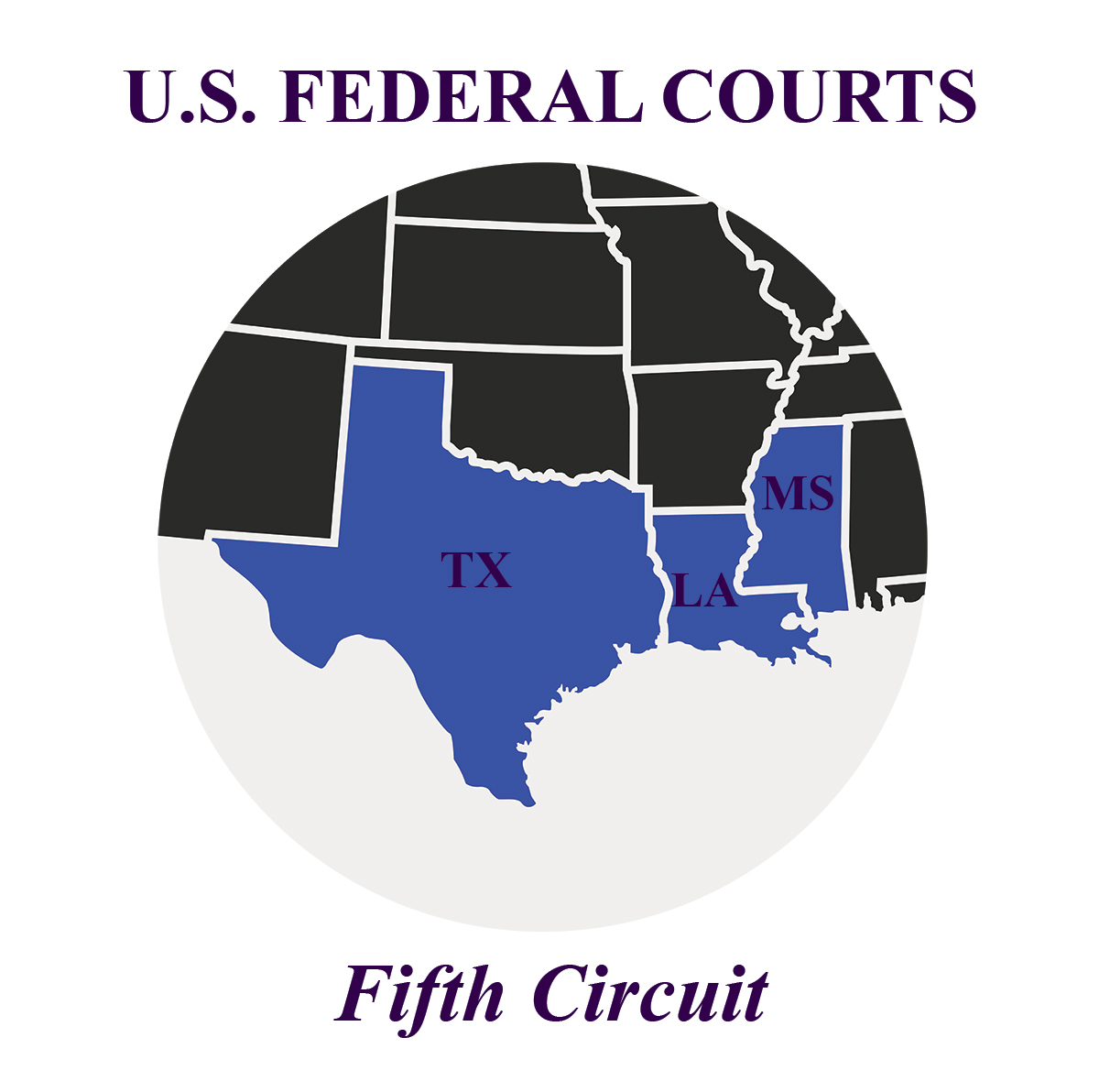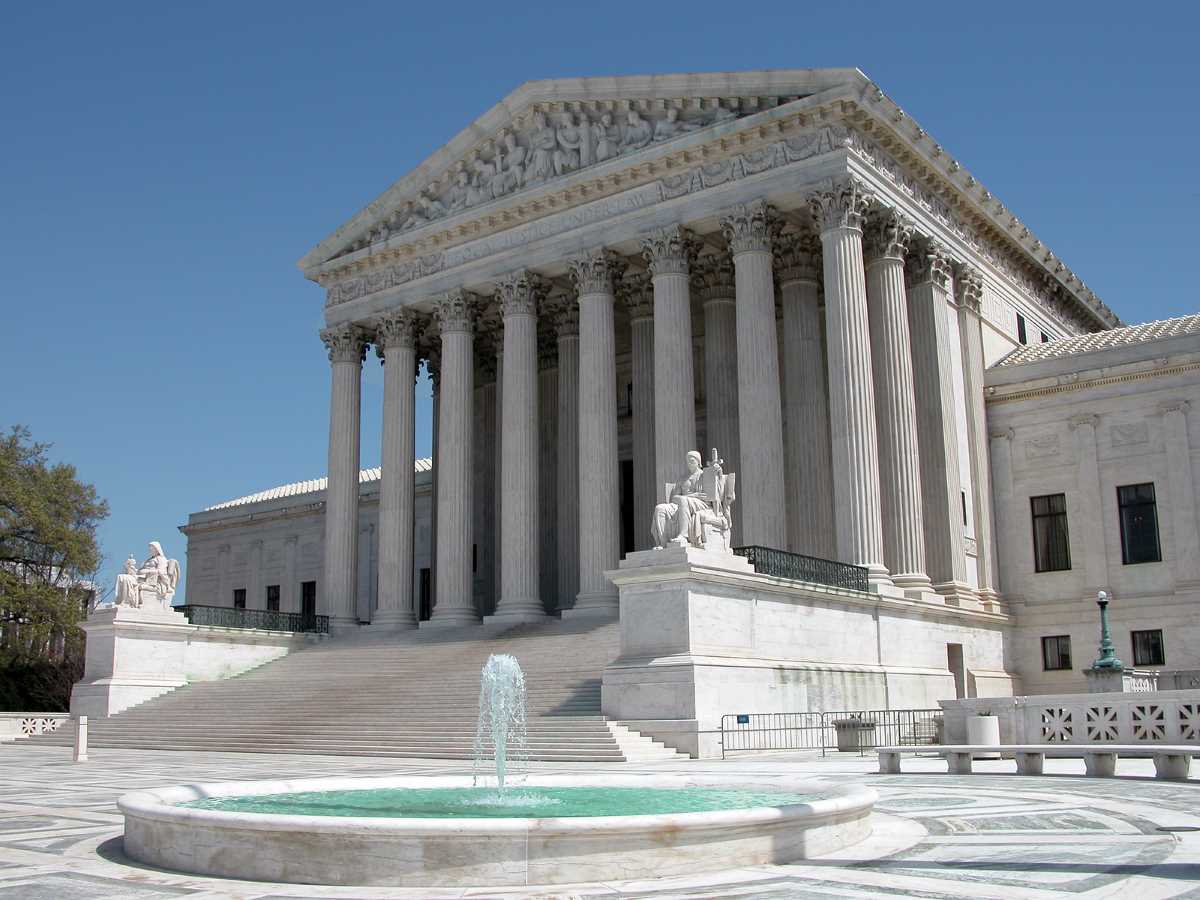On June 28, 2024, the Supreme Court rejected the doctrine of Chevron deference in the closely watched case of Loper Bright Enterprises v. Raimondo.[1] In a 6-3 decision, the Court held that Chevron’s rule that courts must defer to federal agencies’ interpretation of ambiguous statutes gave the executive branch interpretive authority that properly belonged with the courts. Moreover, the Court concluded that Chevron deference was inconsistent with the Administrative Procedure Act (APA), holding that the APA requires courts to exercise independent judgment when deciding legal issues in the review of agency action.
Loper will have significant and immediate implications for the U.S. Department of Health and Human Services (HHS), the federal agency charged with the administration of the federal health care programs, including Medicare and Medicaid. As detailed below, the Court’s decision sets a more exacting standard for courts to apply when reviewing HHS’s regulations and legal positions.
What Was Chevron Deference?
The doctrine of Chevron deference was established in 1984 by the Supreme Court in Chevron U.S.A., Inc. v. Natural Resources Defense Council, Inc.[2] In that case, the Court held when a “statute is silent or ambiguous with respect to the specific issue” raised regarding a statute that the agency administers, “the question for the court is whether the agency’s answer is based on a permissible construction of the statute.”[3]
Although scholars have debated Chevron’s rationale at length, it generally was read to require deference based upon agencies’ presumed subject matter expertise and an assumption that Congress delegated authority to agencies—rather than courts—to fill in gaps in statutory schemes. Notably, the Supreme Court had not itself invoked Chevron deference since 2016, although lower courts have continued to rely on it regularly.[4]
What Did Loper Decide?
Loper involved two New England fishing companies appealing the D.C. Circuit’s ruling that applied Chevron deference to uphold the National Marine Fisheries Service’s interpretation of the Federal Magnuson-Stevens Act (the “Act”) as requiring fishermen to pay for the use of compliance monitors on certain fishing boats, even though the federal law is silent on who must pay. Petitioners used the case as a vehicle to present a broader challenge to Chevron,arguing that the doctrine has led to excessive deference to federal agencies, resulting in overregulation, the abdication of judicial responsibility to interpret statutes, and the unwarranted imposition of regulatory enforcement costs.
The Loper majority firmly rejected Chevron and held that the APA requires courts to exercise their independent judgment in deciding legal questions that arise in reviewing agency action. As the majority held, “courts need not and under the APA may not defer to an agency interpretation of the law simply because a statute is ambiguous.”[5]
Importantly, however, Loper noted that deference may still be afforded agencies in certain instances. First, the Court observed that the APA expressly mandates a deferential standard of review for agency policy-making and fact-finding.[6] Second, Loper explained that some statutes are best read to “delegate[] discretionary authority to an agency,” in which case a court’s role is to merely ensure the agency “engaged in ‘reasoned decisionmaking’” within that authority.[7] Lastly, Loper reaffirmed that an agency’s “expertise” remains “one of the factors” that may make an agency’s interpretation persuasive.[8]
How Will Loper Impact Federal Health Care Programs?
Loper’s directive that courts should construe statutes independently and not defer to agencies’ positions has enormous implications for providers and suppliers that participate in federal health care programs. Much of today’s health care landscape is governed by HHS’ regulations, impacting many Americans and much of the federal budget. For example, Medicare currently covers more than 67 million beneficiaries, and Medicare spending comprised 12% of the federal budget in 2022 and 21% of national health care spending in 2021.[9]
Federal health care programs like Medicare and Medicaid are established by statutes that set forth myriad requirements regarding the coverage of items and services, and how, when, and by whom those items and services may be furnished.[10] HHS’s various components—most notably the Centers for Medicare and Medicaid Services (CMS)—have issued numerous, detailed regulations to implement these statutes. HHS’s components also include FDA, CDC, HRSA, AHRQ, OCR, NIH, and many others that intersect with health care providers and suppliers regularly.
Going forward under Loper, future challenges to agency regulations will take place upon a much different playing field. This has several important implications:
- More Legal Challenges: We expect to see more legal challenges brought against HHS’s regulations as they are issued. Loper expressly stated that it “does not call into question prior cases that relied on the Chevron framework,” so prior decisions affirming regulations should be stable.[11] But going forward, Loper means that courts have no “thumb on the scale” in favor of HHS’s legal positions, and so litigants may view Loper as increasing their odds of success. At the same time, this may create more uncertainty for providers and suppliers who must determine how to comply with new regulations under challenge.
- Less Ability for HHS to Create New Programs or Impose New Requirements: Especially where HHS imposes new substantive requirements that are not clearly authorized by statute, HHS’s regulations may be vulnerable. For example, the challengers to CMS’s minimum-staffing requirements for nursing homes are sure to cite Loper.[12] Likewise, when HHS creates new programs or initiatives by regulation based on broad statutory language (e.g., HHS’s recent creation of rural emergency hospital regulations[13]), the regulations may be more vulnerable to challenges. As another example, legal challenges to FDA’s new rule on Laboratory Developed Tests are pending and will likely invoke Loper.[14]
- More Incentive to Challenge Reimbursement Rules: Legal challenges are frequently brought to CMS’s rules governing reimbursement, which often have complicated statutory formulas subject to differing interpretations. Whereas in the past, courts often deferred to CMS’s interpretations,[15] Loper now creates more potential for providers and suppliers to seek more favorable legal interpretations to enhance reimbursement.
- Slower and More Cautious Rulemaking: As HHS promulgates new regulations, it will now have to consider the enhanced litigation risk that Loper creates. This may lead to agencies slowing and proceeding more cautiously in rulemaking as agencies seek to craft defensible regulations.
- Inconsistent Decisions by Courts: Because Loper directs courts to exercise independent judgment rather than defer to HHS’s interpretations, we expect that courts in different areas of the country may reach differing conclusions regarding HHS regulations. This may make certain geographic locations more advantageous for provider and supplier operations or expansions.
Conclusion
Going forward, courts will be more amenable than ever to siding with challenges to HHS regulations. This creates both challenges and opportunities for providers and suppliers who should carefully assess the legal basis for all new regulations.
The authors acknowledge the contributions of Callie Ericksen, a student at the University of California Davis Law School and 2024 summer associate at Foley & Lardner LLP.
[1] Loper Bright Enterprises v. Raimondo, No. 22-451 (June 28, 2024), together with Relentless, Inc. v. Department of Commerce, No. 22-1219, available here.
[2] 467 U.S. 837 (1984).
[3] Id. at 843 (emphasis added).
[4] See Am. Hosp. Ass’n (“AHA”) v. Becerra, 142 S. Ct. 1896, 1904 (2022) (determining that HHS’s preclusion of judicial review “lacks any textual basis,” remaining silent with respect to Chevron); Becerra v. Empire Health Found., 142 S. Ct. 2354, 2362 (2022) (illustrating that HHS’s reading aligns with the statute’s “text, context, and structure” in calculating the Medicare fraction for purposes of Medicare Part A benefits, without any mention of Chevron); Vanda Pharms., Inc. v. Ctrs. for Medicare & Medicaid Servs.,98 F.4th 483 (2024) (holding that CMS’s definitions of “line-extension” and “new formulation” did not conflict with the Medicaid statute).
[5] Loper Bright Enterprises v. Raimondo, No. 22-451, slip op. 35 (June 28, 2024).
[6] Id. at slip. op. 14 (citing 5 U.S.C. §§ 706(2)(A), (E)).
[7] Id. at slip op. 18.
[8] Id. at slip op. 25 (citing Skidmore v. Swift & Co., 323 U.S. 134 (1944).
[9] See KFF, Medicare 101 (published May 28, 2024), available here.
[10] See 42 U.S.C. §§ 1395–1395lll.
[11] Loper Bright Enterprises v. Raimondo, No. 22-451, slip op. 34 (June 28, 2024).
[12] See Am. Health Care Ass’n v. Becerra, No. 24-cv-114 (N.D. Tex) (challenging the rule issued at 89 Fed. Reg. 40876 (May 10, 2024).
[13] Conditions of Participation, 42 C.F.R. §§ 485.500-485.546 (Subpart E), and Payments, §§ 419.90-419.95 (Subpart J), 87 Fed. Reg. 71748, 72292-93 (Nov. 23, 2022),
[14] 21 C.F.R. § 809, 89 Fed. Reg. 37286 (May 6, 2024).
[15] See, e.g., Baptist Mem’l Hosp. – Golden Triangle, Inc. v. Azar, 956 F.3d 689 (5th Cir. 2020) (deferring to CMS’s rule addressing “costs incurred” for calculating Medicaid Disproportionate Share Hospital payments).









